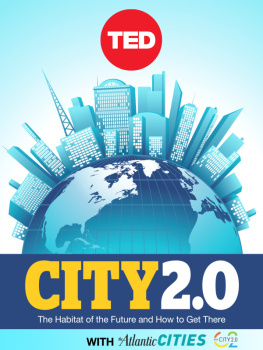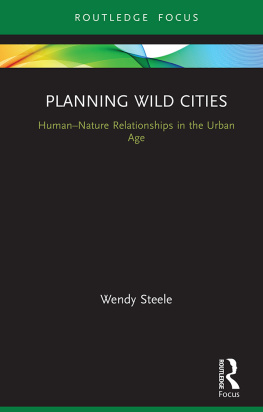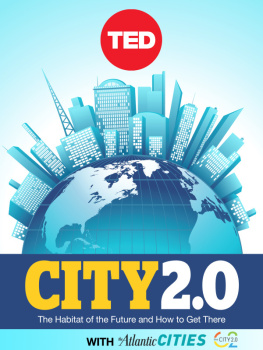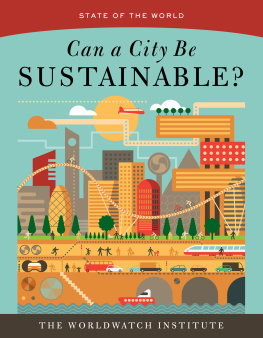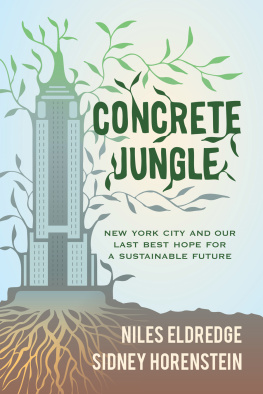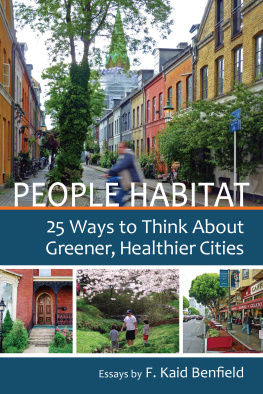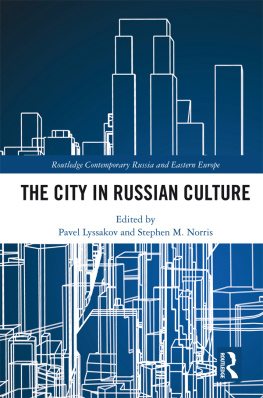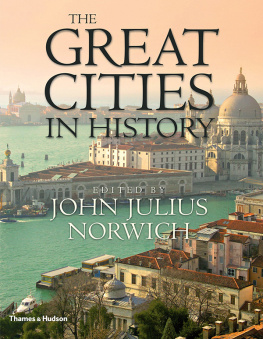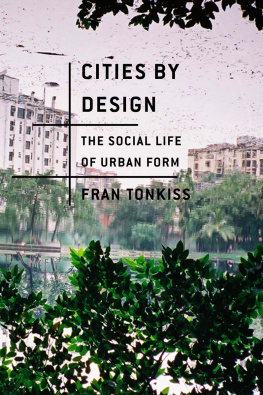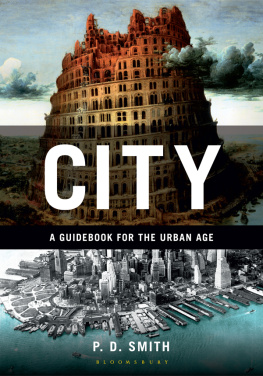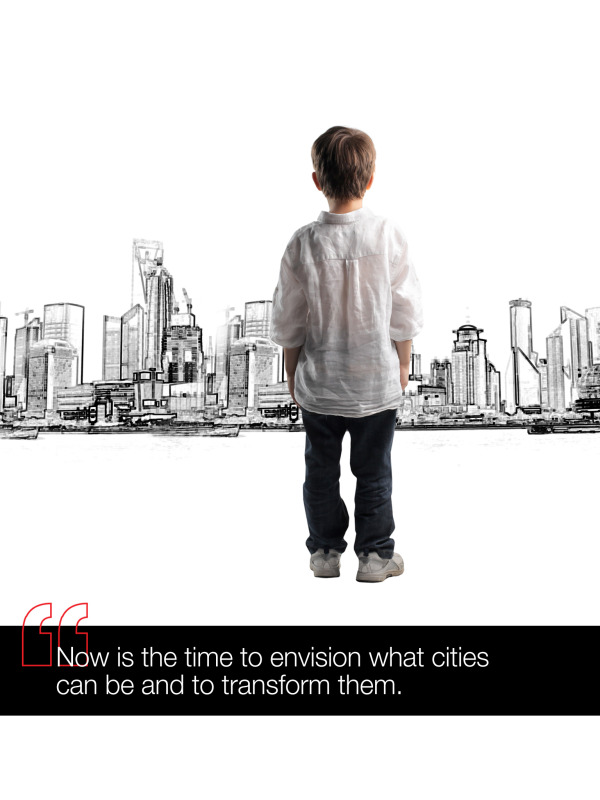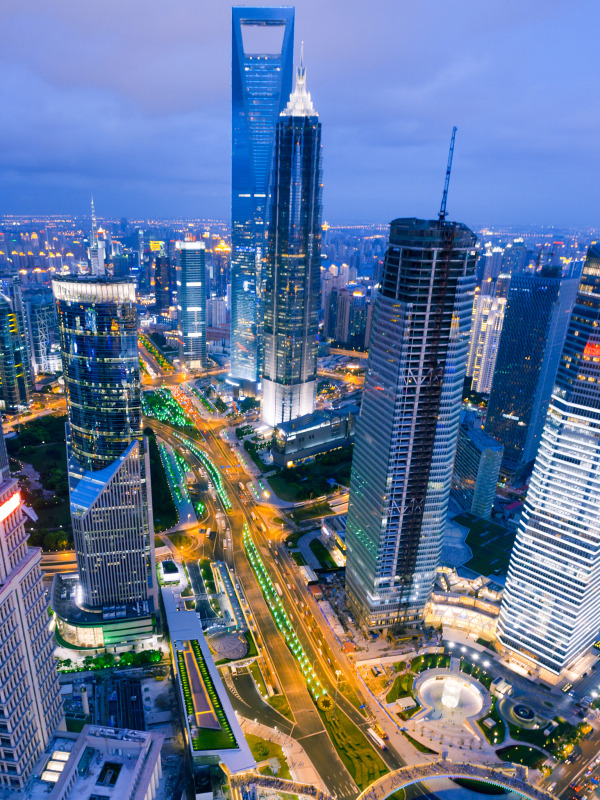Introduction
All over the globe, we are moving to thecity.
Sixty years ago only 3 of every 10 people on the planet lived inan urban setting. Today more than half do, and the United Nationsprojects that by 2050 nearly 7 in 10 people will dwell incities. 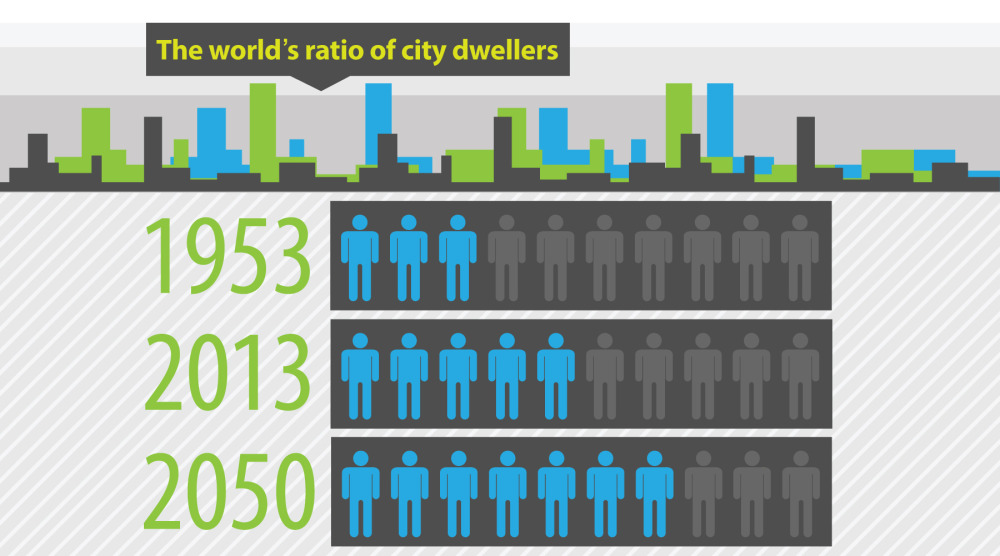
This rapid urban shift is happening while the earths populationbooms. The worlds cities are expected to balloon from 3.6 billioninhabitants today to more than 6 billion by mid-century. Once wemostly dwelled close to the land and our sources of agriculture.Now, collectively, we are being driven to cities to seek work orare simply being seduced by the appeal of urban life.
As a result, we face both a dire emergency and a tremendousopportunity. At their best, our modern cities are hubs of humanconnection, fountains of creativity, and exemplars of green living.Yet at the same time, they still suffer the symptoms of industrialurbanization: pollution, crowding, crime, social fragmentation, anddehumanization. Now is the time to envision what cities can be andto transform them. We must seize the urgency to make cities modelsof how humanity can live.
City 2.0 is both a book and a broader initiative that seek themost innovative ideas to answer these questions:
How can we transform cities to be sustainable,efficient, beautiful, and invigorating to the human soul?
How can we bring together residents of diverse backgrounds, andempower and uplift the disenfranchised?
How can city design propel us to realize our healthiest bodies,strongest communities, and most creative minds?
And practically speaking, how do we get from here tothere?
This book celebrates 12 promising, provocative responses to thischallenge, in realms ranging from transportation to food to art. Wepartnered in selecting these ideas with the dynamic and determinedteam at the Atlantic Cities, the Atlantics onlinemagazine for an increasingly urbanized world, and its reporterscontributed two essays to the book.
We also tapped the energy and combined global wisdom ofTEDxCity2.0. On one electric day in October 2012, organizers in 36countries from Iraq to Madagascar hosted 68 events to share thestories of urban innovators and organizers, stewards and artists,builders and tastemakers. Our opening photo essay, whichillustrates the dizzying urbanization of Shanghai, came from one ofthese talks.
The essays here offer a glimpse of the possibilities andchallenges before us. The conversation and action only begin onthese virtual pages. City 2.0 is also an online forum thatcollects and showcases stories and projects for urban innovationfrom around the world. Go to TheCity2.org. Explore, getinspired, and share your own ideas.
Our cities cant wait.
A new skyscraper, right ofcenter, rises in Shanghai. Image: ssguy/Shutterstock
Shanghai metamorphosis
A father and son capture how the past vanishes, and the futureappears, in a blink
Photography by Xu Xixian and XuJianrong
Photographers text translated and adapted by Wu Jingyang
To glimpse the dizzying pace at which cities can mushroom frommedium to massive, full to bursting, and traditional to bermodern,look at Shanghai.
The growth took root in the late 1970s,as China emerged from its Cultural Revolution. Young intellectualsflooded from the countryside back into the urban centers. Shanghai,which had once flourished as Asias financial hub, became one of 14coastal cities chosen by the government to reopen their economiesto the world.
New authorities began working torestructure the citys economic system and enhance industry. Forthe first time, China allowed college graduates to travel overseasfor further study and allowed citizens to make international phonecalls uncensored. An obsession with Western fashion grippedShanghai. Residents shed the traditional Chinese dark tunic suitand donned jeans and flared trousers. State-owned enterprises stilldoubled as social agencies, providing housing, day care, education,and health care, but by the mid-1980s the government also began toboost private enterprise to reconnect to the outside world.
Even while the Tiananmen Square protestors of 1989 demandedpolitical reform in Beijing, their dramatic standoff didnt slowthe breakneck growth in Shanghai. The city boomed. The ShanghaiStock Exchange opened. More young people abandoned the countrysidefor the city. The Shanghai Metro started operation in 1995, and by2010 earned the title of the worlds longest metro system,shuttling up to 5 million riders a day. Population in themetropolitan area nearly doubled in three decades, to top 23million in 2010, making Shanghai Chinas most densely peopledmegacity. The citys GDP exploded to more than $300 billion.
This rapid urbanization meant mass-scaledemolition and construction for the city and its people. Landreclamation campaigns gobbled up surrounding areas. Pastoraloutskirts became pulsing neighborhoods. Despite the explosion ofthe big and modern, however, its still possible to find small,traditional structures, like flickers of the recent past, scatteredamong the soaring high-rises.
Through his camera lens, Xu Xixianwitnessed it all.
The son of a tailor and the oldest ofsix children, Xu recalls traveling alone as a boy in the 1950s fromShanghai to the countryside to gather mushrooms for his family. Inthe desolate district of Jiangwan (which is now consumed by thecity), the sight of willows bathed in sunlight refreshed him. Thetrips taught him to admire the visual landscape.
Xu started his career as a clerk at thecoupon office of the Wusong grain administrative center. His firstcamera was a second-hand German model, which cost him a half-yearof savings, 60 yuan, in 1965. When the stirrings of the CulturalRevolution began, he burned his photos to avoid trouble. But partycrusaders nonetheless found his habit of penning poetry suspect. In1969, shortly after the birth of his son, Xu Jianrong, the fatherserved a year of hard labor on an island in the Yangtze River.
In the mid-1970s, the elder Xu saw hisneighborhood begin to change. He became a mechanic, but in 1978bought another second-hand camera and resumed photographing in hisspare time. Over time, the transformation he saw became sopervasive that he found it necessary to draw up detailed schedulesfor his photography trips in the city. As he traversed the suburbsand the downtown, Xu kept an atlas on which he planned trafficroutes and prepared historical notes on each site of interest. Bythe turn of the millennium, Xu had developed an archive of morethan 20,000 black-and-white photographs depicting roads, buildings,rivers, and daily life in almost every corner of Shanghai. In 2010,the atlas enabled Xus son to return and photograph precisely thesame spots, in color, showing the noisy, lively city today.
The photographs by father and soncatalog the transformation of a city in a vanishing instant. Thesights that we experienced in our life may become distant memoriesin the days to come, says the elder Xu. The invention of thecamera is really a blessing in that it enables us to record thebygone era; otherwise, it can only be wistfully recalled in ourdreams. The city we live by is undergoing unprecedented changes. Ithink we are obliged to do something about it, to record whatgradually blurred in the memory of our generation.

